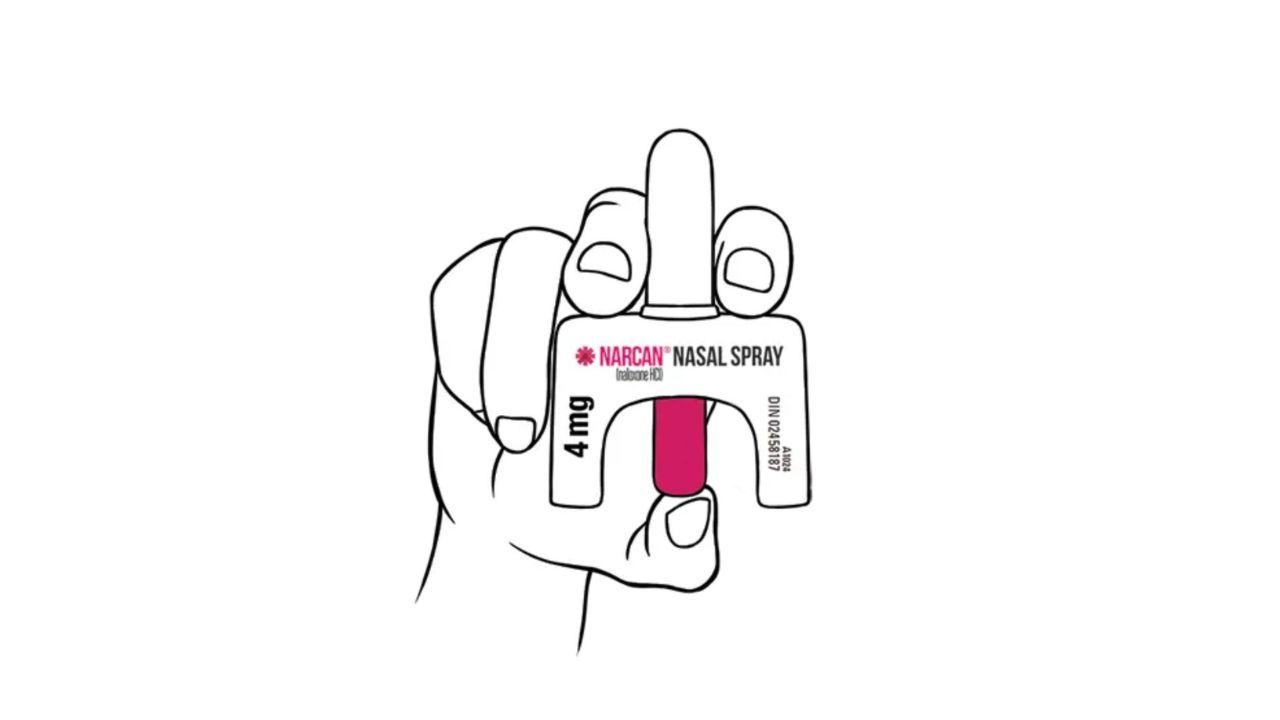
An opioid overdose occurs when someone takes more of an opioid than their body can handle, and their breathing slows until it stops. Naloxone (or Narcan) is a prescription medicine that reverses opioid overdoses. It temporarily blocks the effect of opioids and helps a person to start breathing again. Learn how to administer Narcan in an emergency situation.
Naloxone quick facts
- Safe and easy to use.
- Only works for someone on opioids.
- Doesn’t hurt someone if they’re on another drug.
- Not addictive and cannot be used to get high.
- Takes 2–5 minutes to take effect.
- May require more than one dose.
- May cause withdrawal in people dependent on opioids (e.g., chills, nausea, vomiting, agitation, muscle aches).
- Stays in the body for 30–90 minutes.
Signs of an opioid overdose
- Slow, shallow, or no detectable breathing.
- Unresponsive or unconscious.
- Pale, blue, purple, or gray lips, face, and/or nail beds.
- Loud snoring or gurgling noise.
- Rigid arms and chest.
- Slow or no pulse.